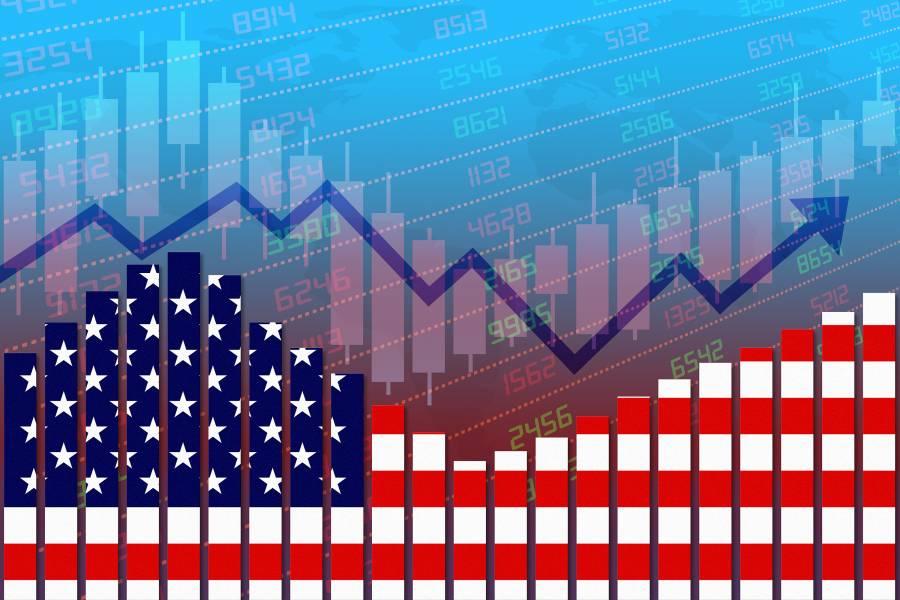As concerns mount over the stability of the U.S. economy, Bank of America Global is warning that if any major disruptions are set to occur, they will most likely unfold this summer. In a recent analysis highlighted by MarketWatch, the financial institution points to a convergence of economic pressures and market vulnerabilities that could trigger significant volatility in the coming months. Investors and policymakers alike are bracing for what could be a pivotal period in the nation’s economic trajectory.
Signs Point to Economic Stress Building This Summer Experts Warn of Potential Market Disruptions
Analysts at BofA Global have highlighted multiple warning signals
Below is a summary of critical factors driving concerns this summer:
- Inflation: Elevated prices continue to strain household budgets, limiting discretionary spending.
- Interest Rates: The Federal Reserve’s ongoing rate hikes increase borrowing costs, suppressing investment and consumption.
- Labor Market: Wage growth slows while unemployment edges upward, signaling weakening job market dynamics.
- Corporate Earnings: Profit margins are under pressure from rising input costs and decreasing demand.
| Economic Indicator | Current Trend | Potential Impact |
|---|---|---|
| Consumer Confidence | Downward | Reduced spending, slower growth |
| Bond Yields | Rising | Higher debt costs, market volatility |
| Manufacturing Output | Stagnant | Weak industrial growth |
Key Vulnerabilities in the U.S. Economy That Could Trigger a Downturn Focus on Consumer Debt and Inflation Pressures
As the U.S. economy faces mounting challenges this summer, two critical pressure points have emerged as potential catalysts for a broader downturn: escalating consumer debt and persistent inflationary pressures. Consumer borrowing has surged to worrying levels, with credit card balances and personal loans climbing sharply. This mounting debt burden leaves households more vulnerable to interest rate hikes, reducing disposable income and curtailing spending-the very engine that has driven economic growth in recent years. Moreover, the uneven recovery of wages, when weighed against rising living costs, is squeezing consumers tighter than ever, risking a slowdown in retail and service sectors just as inflation refuses to abate.
Key factors at play include:
- Rising interest rates exacerbating debt servicing costs
- Persistent inflation keeping prices elevated for essentials like food and energy
- Stagnating wage growth unable to keep pace with inflationary hikes
| Economic Indicator | Current Status | Impact on Consumer Behavior |
|---|---|---|
| Consumer Debt | Near record highs | Less discretionary spending |
| Inflation Rate | Above 5% annually | Higher living costs |
| Average Interest Rate | Up by 2% | Increased borrowing costs |
The interplay between these vulnerabilities heightens the risk of a sharp economic correction if consumers suddenly retrench or default rates spike. Financial institutions and policymakers are closely monitoring these signals, but the precarious balancing act between curbing inflation and maintaining growth means that any misstep this summer could trigger ripple effects throughout the U.S. economy.
Strategies for Investors Amid Economic Uncertainty Emphasize Diversification and Cautious Asset Allocation
With the looming pressures on the U.S. economy this summer, investors are urged to focus on broadening their portfolios to better weather potential shocks. Diversification remains the frontline defense, spreading risk across various asset classes such as equities, fixed income, real estate, and alternative investments. Rather than chasing high returns in uncertain times, the emphasis lies on preserving capital and maintaining liquidity, especially as market volatility and interest rate fluctuations are expected to intensify.
Implementing a cautious approach to asset allocation requires a dynamic reassessment of holdings against evolving macroeconomic data. Experts suggest regular portfolio reviews and a tilt towards sectors demonstrating resilience, such as consumer staples and utilities. Additionally, incorporating hedging strategies and exploring international exposure can mitigate domestic downturn risks. Consider the following principles for navigating this turbulent phase:
- Balance growth and defensive investments to optimize risk-reward balance
- Maintain a cash buffer to capitalize on market opportunities or unexpected needs
- Monitor inflation trends closely to adjust bond maturities and credit exposure
- Stay informed on fiscal and monetary policy shifts that impact market liquidity
| Asset Class | Expected Performance | Recommended Allocation |
|---|---|---|
| Equities (Defensive) | Moderate stability | 25-35% |
| Fixed Income | Income with low volatility | 30-40% |
| Cash / Cash Equivalents | High liquidity | 10-15% |
| Alternative Investments | Hedge against inflation | 10-20% |
In Conclusion
As economists and investors closely monitor the evolving economic landscape, Bank of America’s warning underscores the potential for significant disruptions in the U.S. economy this summer. Market participants will be watching key indicators and policy decisions in the coming months, as any signs of strain could have far-reaching implications. While uncertainty remains, the outlook demands careful attention to how these developments unfold in what may prove to be a critical period for the nation’s financial stability.
